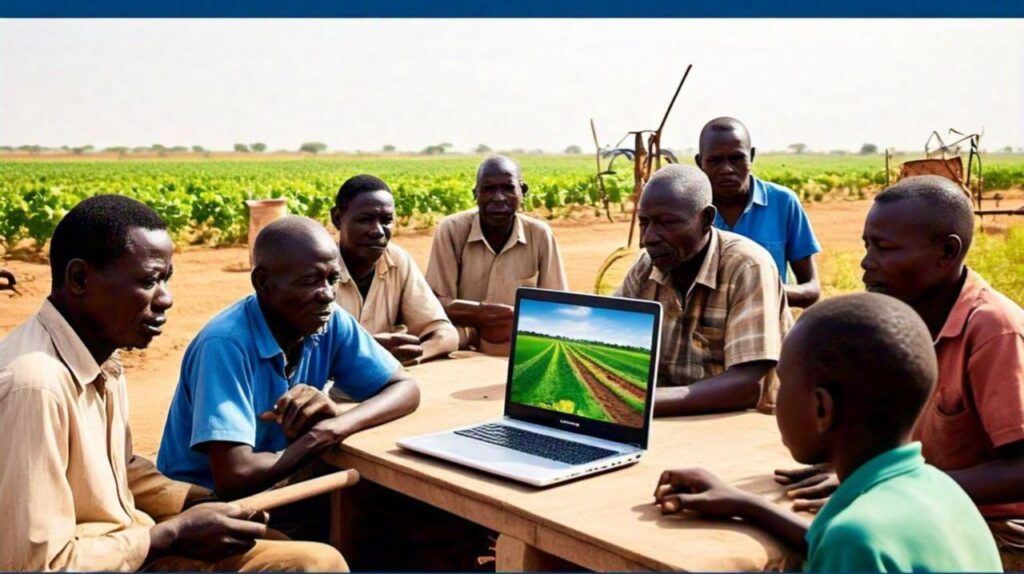Azolafam Ltd.: 7th Jan. 2025 The world is facing a pressing challenge: how to feed…
Azolafam Ltd.: 6th Jan. 2025

The world of agriculture is undergoing a significant transformation. Gone are the days of traditional farming practices, replaced by innovative technologies and methods that are revolutionizing the way we grow, produce, and distribute food. In this blog, we'll explore the latest agricultural innovations that are changing the face of farming.
The Need for Innovation
The global population is projected to reach 9.7 billion by 2050, putting immense pressure on the agricultural sector to produce more food. However, traditional farming practices are facing numerous challenges, including climate change, soil degradation, water scarcity, and labor shortages. To meet the increasing demand for food, farmers need to adopt innovative technologies and practices that enhance productivity, efficiency, and sustainability.
Precision Agriculture
Precision agriculture is an innovative approach to farming that uses advanced technologies, such as drones, satellite imaging, and sensors, to collect and analyze data on soil conditions, crop health, and weather patterns. This data is used to make informed decisions on irrigation, fertilization, and pest control, resulting in improved crop yields, reduced waste, and increased efficiency.
Vertical Farming
Vertical farming is a revolutionary method of growing crops in vertically stacked layers, often in indoor environments. This approach uses hydroponics or aeroponics to provide nutrients to the crops, eliminating the need for soil. Vertical farming offers numerous benefits, including increased crop yields, reduced water consumption, and year-round production.
Artificial Intelligence in Agriculture
Artificial intelligence (AI) is transforming the agricultural sector by enabling farmers to make data-driven decisions. AI-powered tools can analyze satellite images, sensor data, and weather forecasts to predict crop yields, detect diseases, and optimize irrigation systems. AI can also help farmers automate tasks, such as planting, harvesting, and crop monitoring.
Blockchain Technology in Agriculture
Blockchain technology is being used in agriculture to enhance transparency, traceability, and food safety. Blockchain-based systems can track the movement of crops from farm to table, providing consumers with detailed information about the origin, quality, and safety of their food.
Internet of Things (IoT) in Agriculture
The Internet of Things (IoT) is a network of physical devices, vehicles, and other items embedded with sensors, software, and connectivity, allowing them to collect and exchange data. In agriculture, IoT devices can monitor soil moisture, temperature, and crop health, enabling farmers to make informed decisions and optimize their operations.
Conclusion
Agricultural innovations are transforming the face of farming, enabling farmers to produce more food with greater efficiency, productivity, and sustainability. From precision agriculture to blockchain technology, these innovations have the potential to revolutionize the agricultural sector and ensure global food security. As the world's population continues to grow, it's essential that we adopt and invest in these innovative technologies to create a more sustainable and food-secure future.
References
Register Today on our Website @ www.Azolafam.com, #AzolafamLtd, #AzolafamApp, #AzolafamMobileAppComingSoon, #ReducedPostHarvestLoss, #AgroRevolution.